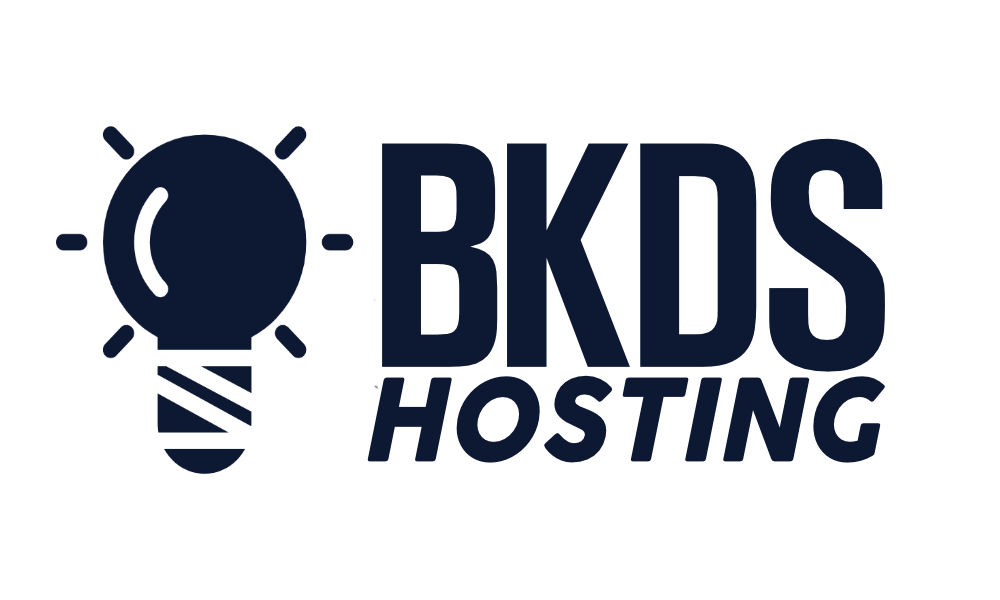In the digital age, where online presence is the heartbeat of commerce, the disruption of website functionality, commonly known as website downtime, has become a critical concern for businesses worldwide. This interruption can be triggered by a multitude of factors, ranging from technical glitches to cyber-attacks. The potential sales impact of website downtime is an area that demands thorough exploration, as it could significantly affect a company's bottom line. As we commence this discussion, we invite you to ponder the magnitude of financial losses, the erosion of customer loyalty, and the tarnishing of brand image that could transpire from prolonged or frequent website inaccessibility.
Understanding Website Downtime

In the realm of digital commerce, understanding website downtime – which can be precipitated by factors such as server maintenance, code alterations, theme incompatibility, hosting provider complications, and even malevolent attacks – is crucial due to its potential to inflict significant damage on a company's brand image, financial standing, and customer loyalty. When a website experiences downtime, the impacts are far-reaching and multifaceted.
The impact of downtime is initially reflected in missed sales opportunities, which directly influence the company's revenue. The cost of downtime also incorporates the additional expenses incurred in emergency repairs to restore the website's functionality. Downtime costs are further amplified when considering the potential loss of customers, which detrimentally affects profitability and can cause a ripple effect in investor confidence and funding.
Understanding website downtime is not only about knowing its causes but also about measuring its impacts. Tracking uptime metrics and calculating the downtime costs are vital for assessing its overall effect on the business operations and bottom line. The sales impact of website downtime is a clear indication of how significant and far-reaching these consequences can be for any online business.
Causes of Website Downtime
Delving into the causes of website downtime, it is crucial to identify key factors such as server maintenance, code changes, theme incompatibility issues, hosting provider complications, and malicious attacks, which can significantly disrupt the smooth running of an e-commerce platform. These factors can have a severe impact on the business, potentially resulting in substantial financial loss.
| Common Causes of Downtime | Potential Impact |
|---|---|
| Server Maintenance | Can lead to hardware-related issues causing downtime |
| Code Changes | May result in compatibility problems and website unavailability |
| Theme Incompatibility | Causes functionality problems and potential downtime |
| Hosting Provider Complications | May result in frequent downtime for online businesses |
| Malicious Attacks | Hackers can exploit vulnerabilities, causing website downtime |
Regardless of the cause, downtime is a grave concern for any online business due to its potential cost implications. Businesses need to be vigilant about these common causes and adopt strategies that prevent potential problems, ensuring a seamless online presence. In-depth understanding of these factors and proactive monitoring can substantially reduce the risk of website downtime, thereby safeguarding the business from the devastating impact of lost sales.
Downtime's Financial and SEO Impact

Analyzing the fiscal and SEO implications of website downtime reveals a stark reality: each minute of inactivity not only incurs direct financial loss for an e-commerce business, but also engenders missed sales opportunities, reduced organic traffic, damaged brand reputation, and diminished customer loyalty.
Downtime cost can escalate rapidly, with businesses losing an average of $5,600 per minute according to Gartner. Even a few minutes of downtime can result in substantial lost revenue. Moreover, every downtime, whether planned or unplanned, can affect your business's brand image, inciting customer frustration and eroding trust.
Websites uptime is crucial for maintaining SEO rankings. Search engines prioritize sites that are reliable and consistently available. When a website experiences downtime, search engines may relegate it lower in the search results, leading to reduced organic traffic.
Additionally, web hosting plays a significant role. A web host with frequent downtime can sabotage your SEO efforts and negatively impact your bottom line.
Prevention and Response Strategies
Building upon the understanding of the profound financial and SEO implications of website downtime, it becomes imperative to explore effective prevention and response strategies that businesses can implement to mitigate such adverse impacts. Two key strategies for maintaining uptime and availability are regular website maintenance and a robust monitoring solution.
- Regular Website Maintenance: Regular maintenance and updates are crucial for ensuring optimal website performance. This includes:
- Server-related maintenance to reduce response time.
- Code and theme updates to ensure high availability.
- Robust Monitoring Solution: A reliable website monitoring system allows for real-time detection of potential issues, enabling quick response, thus minimizing downtime. Key components include:
- Hosting with a provider offering high uptime guarantees to prevent significant impacts on your business.
- A backup and disaster recovery plan for prompt restoration in the event of unexpected downtime.
Evaluating Downtime Losses

In order to fully comprehend the financial repercussions of website downtime, it is essential to consider various metrics such as uptime measurements, availability calculations, and the overall cost of downtime in terms of potential revenue loss, emergency repair expenses, and the impact on customer retention and brand reputation. These parameters are crucial in evaluating downtime losses, especially for online businesses that rely heavily on their website's uptime and performance for revenue generation.
The sales impact of website downtime can be staggering. Service level can dip, causing a ripple effect on the customer base over a period of time. What businesses need to know is that this can lead to significant financial losses.
Consider the following table:
| Downtime Scenario | Potential Loss |
|---|---|
| 100% loss for most online businesses | Immediate |
| 9% loss of site visitors | Gradual |
| 30% drop in page rankings | Up to 60 days |
In essence, downtime equates to missed opportunities, damaged reputation, and decreased profitability. Hence, understanding and proactively managing website downtime is a strategic necessity for any business operating online.
Conclusion
In conclusion, website downtime significantly undermines business performance by affecting sales, SEO rankings, and customer loyalty. It is vital for businesses to comprehend the underlying causes and adopt preventive measures to mitigate its adverse effects. Regular evaluation of downtime losses, using metrics like uptime and availability, aids in understanding its financial implications. By implementing robust strategies like consistent maintenance, reliable hosting, backup plans, and load testing, businesses can minimize downtime and its detrimental impact on sales.

